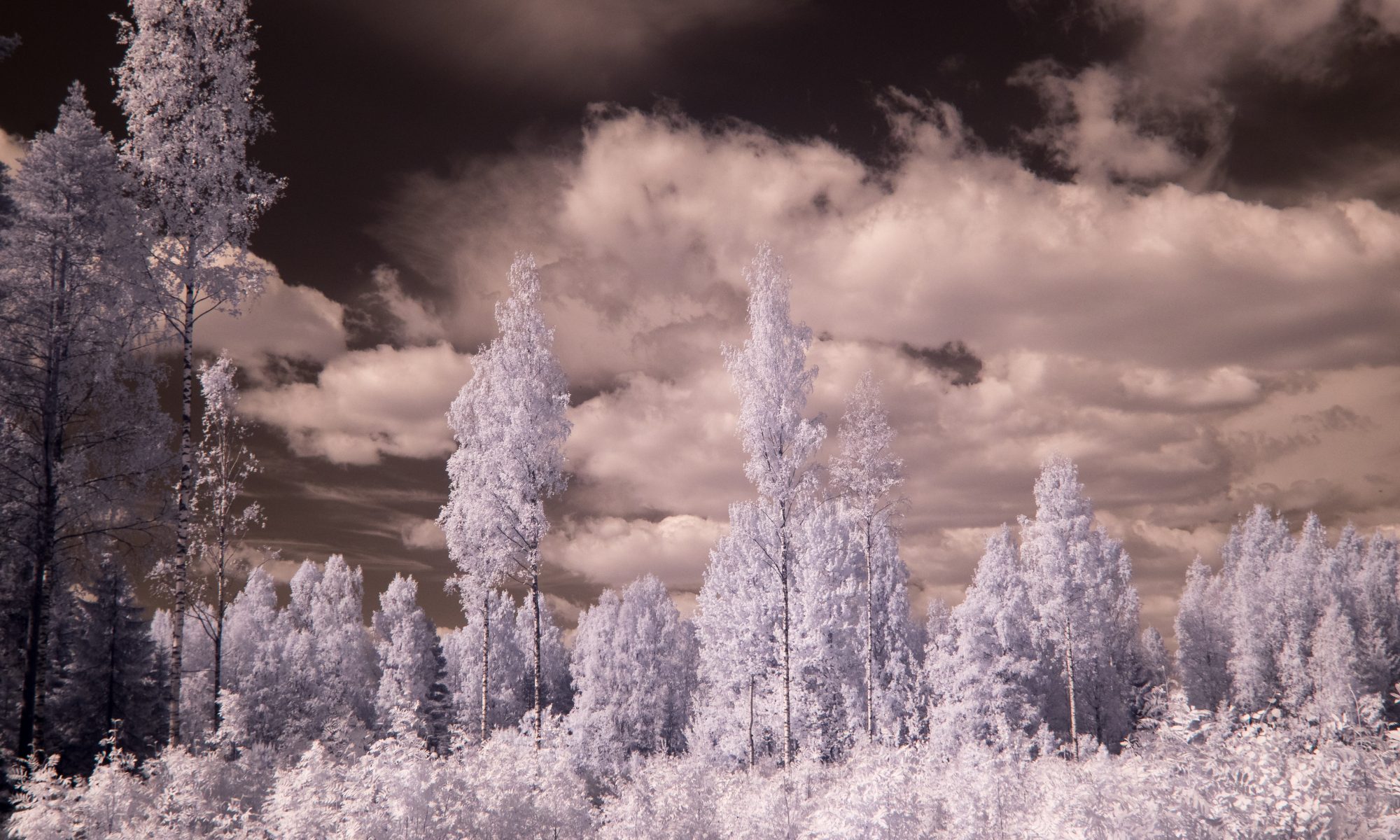The people from Ocean Optics have been very helpful and have offered to check our Maya Pro and re-align the optics to try to improve its performance. I should note that the current performance is within specifications, we are just trying to tune the spectrometer to perform at its very best in the UV-B region. So after the end of summer campaign the Maya Pro will be sent to Ocean Optics.
Update on the spectroradiometer
We fetched the Maya from STUK two days ago. Performance for measuring effective UV doses is not as good as we had expected. We may have to send it back to Ocean Optics for checking… It is usable for doses if one is very careful, and very good for measuring unweighted UV and visible spectral irradiances. It should be very good for its main intended use, measuring spectral irradiance in plant canopies.
Update on the spectroradiometer
Our new Maya 2000 Pro is back at Lasse Ylianttila’s lab for calibration with the new Bentham D7-H-SMA cosine diffuser. We will get it back soon. We have been in touch with Ocean Optics about the bad stray light performance. They think that one reason for this is that our instrument has the HC-1 grating with a very wide spectral measuring range of 200 to 1100 nm. For our planned measurements we do need a range of at least 250 to 900 nm, but they think that UV-B performance would have been better with a grating with the upper limit at 650 nm. The problem can be overcome by measuring the stray light using an UV blocking filter, but this adds one more step to each measurement. As we do need to measure both UV and visible radiation probably there would not be any better instrument available, at least from Ocean Optics, for doing our measurements. However, for measuring UV-B alone this is not the handiest instrument.
We expect to start using the Maya in a few weeks time to measure sunlight outdoors and in greenhouses, and later on within plant canopies. Measuring spectra and temporal variation of light quality within canopies could be an interesting MSc thesis project. Please, contact me if you are interested.
Update on the spectroradiometer
Lasse Ylianttila has now developed an stray light correction algorithm for our Ocean Optics Maya 2000 Pro, and done the necessary calibrations and slit function measurements with different lasers. Developing an stray light correction for the Maya was more complex as, unexpectedly, this top-of-the-range model behaved worse with respect to stray light than the cheaper and older Ocean Optics S2000. We are still waiting for the Bentham cosine diffuser to be delivered, but meanwhile Lasse has lent us an Ocean Optics diffusser. The spectral irradiance calibration will need to be repeated when we get our own diffuser.
The spectroradiometer arrived today
The spectroradiometer arrived today. Looks very nice!
The cosine diffuser has not yet arrived.
Update on the spectroradiometer
After careful research and comparison of the available instruments within our budget, I ordered:
Ocean Optics Maya 2000 Pro, grating #HC1, 10 um slit, order sorting filter (range 200-1100 nm, resolution 0.8 nm FWHM).
2 m fibre
Bentham D7-H-SMA cosine diffuser
ThinkPad laptop
Delivery and calibration will take until beginning of 2011.
Recommended book on UV radiation
If you can read Finnish, read this book. Otherwise at least look at the figures. Highly recommended to any one working with UV radiation or light. The pdf files are freely available on-line.
Ultravioletti- ja lasersäteily from STUK (Radiation and Nuclear Safety Authority Finland). Lasse Ylianttila is co-author of several chapters.
Spectroradiometer
I am evaluating specifications of array detector spectroradiometers.
In the literature one can see them used sometimes for measuring UV-B in sunlight or in UV-B supplementation studies with plants. These single monochromator instruments are not good enough for this. They can overestimate erythemal doses by 100% or more in some cases. So, be careful when reading papers! The most popular brand is Ocean Optics. They are good for visible light measurements. However, with special measuring and calibration procedures they could be used to measure UV-B. I have not seen these special calibrations applied in research with plants, only in the recent methodological literature. I became aware of these from a reference sent to me by Prof. L.O. Bjorn, and investigating this possibilities is also part of the work of one of the technical work groups of the COST action UV4growth. One of the experts on this type of calibration is here in Helsinki, at STUK. I will contact him.
